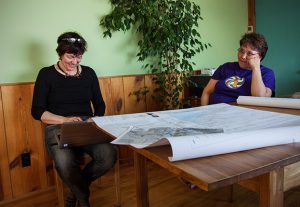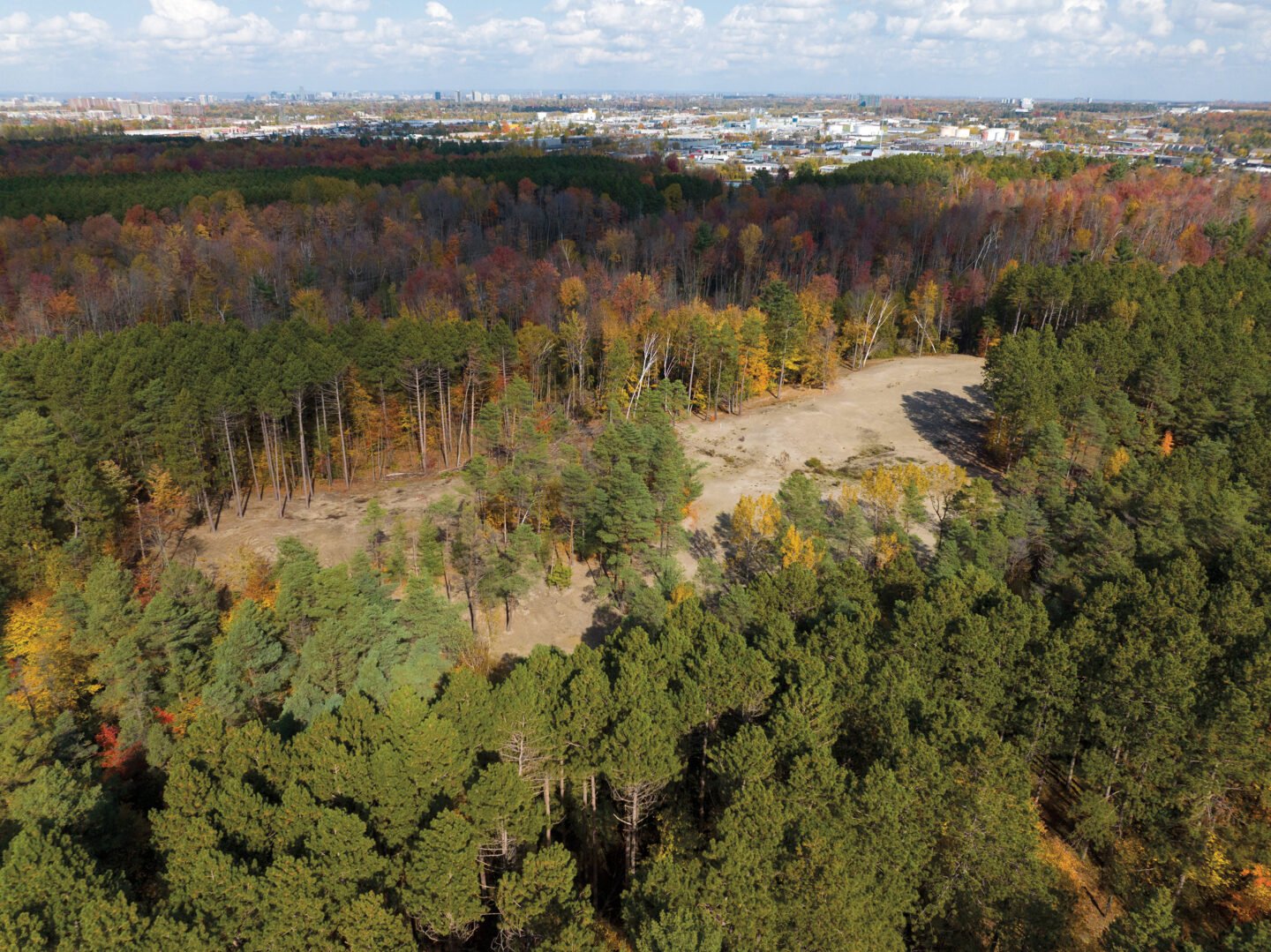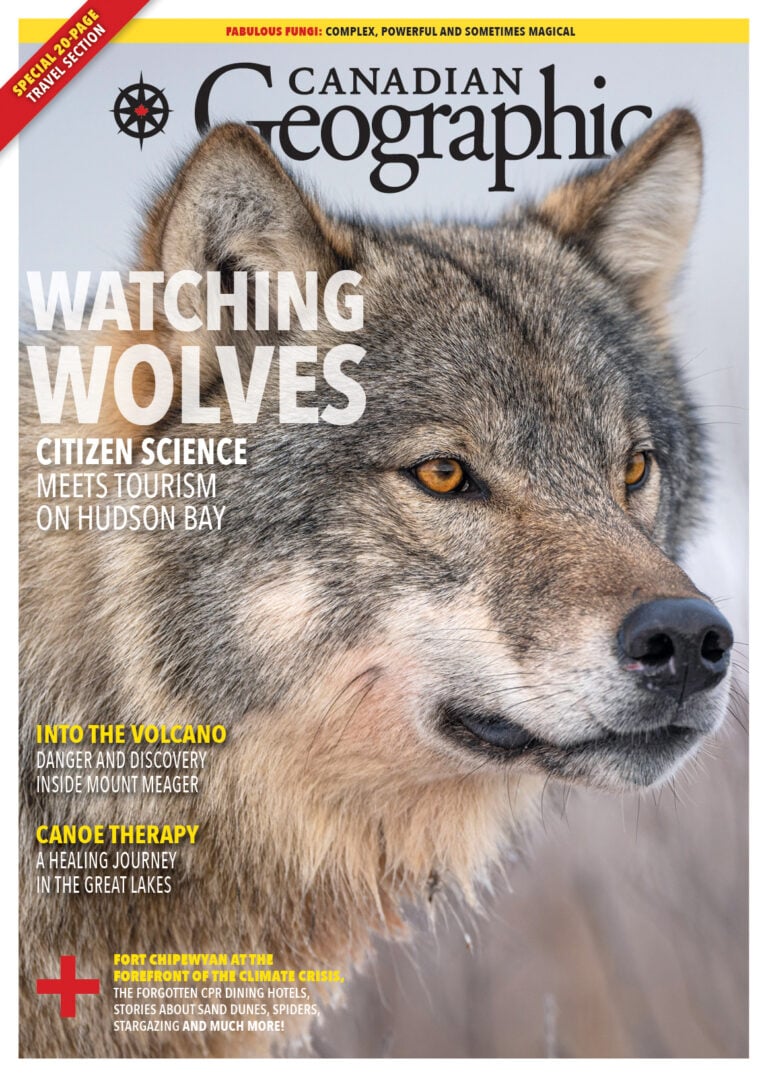Regular dune tours are as popular with first-graders searching for bugs as they are with university students researching how sand wasps adapt in an ecosystem where summer surface temperatures can reach 72 C.
On this day, an enthusiastic group of Girl Guides is here to take a tour and lend a hand, in this case by raking debris. They learn about the dunes’ role as a habitat for milkweed: food for the endangered monarch butterfly. They spot the ghost tiger beetle, a species well adapted to the dune system and found nowhere else within a 200-kilometre radius of this site. Most of all, they discover that remarkable places exist close to home if you take the time to find them — places with the power to surprise, to enthrall and to teach.
Dang walks over to a beech tree by the edge of the sand. He points at the trunk, and I scour the bark, not sure exactly what I’m looking for. Eventually I spot a tiny oval: Chilocorus stigma, the two-stabbed ladybug. Its colour pattern — shiny black with a crimson dot on either side of its carapace — inverts the black-on-red theme of the more common variety.
I hadn’t known that ladybugs came like this. But then, I hadn’t known before visiting the dunes that a vanished sea once covered this land, that you could cook an egg on the heated sand in this forest or that these dunes are in the process of being saved from obscurity.







